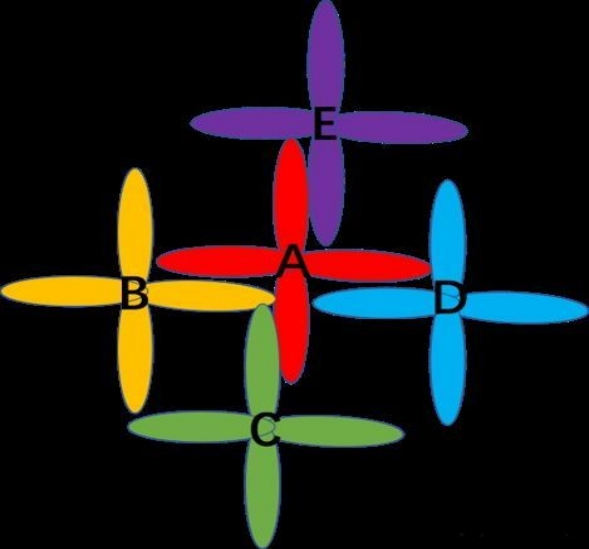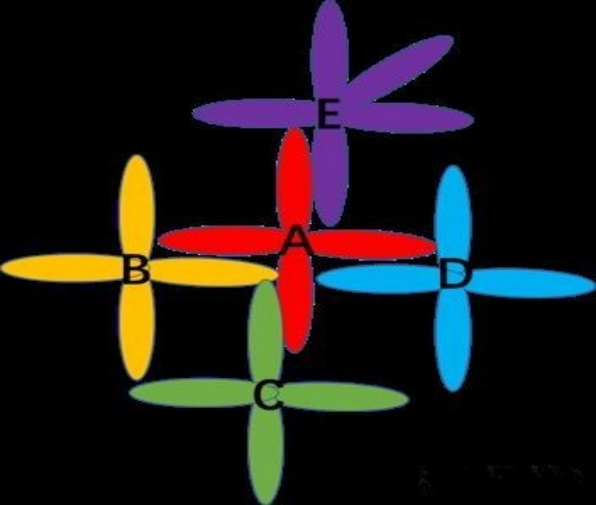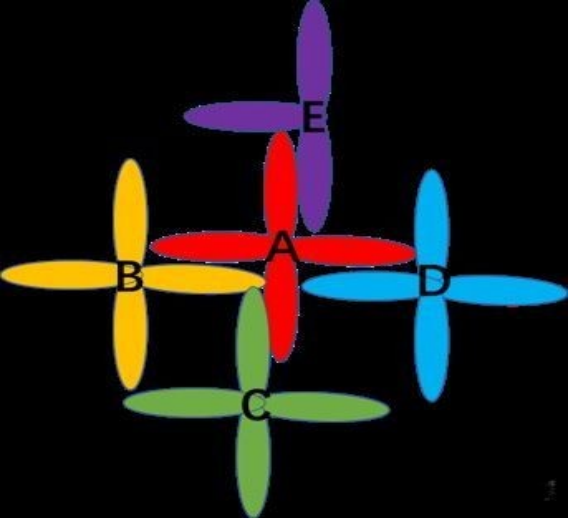Understand semiconductors in one article
Understand semiconductors in one article
Have you ever thought about a question, why is the semiconductor industry is called a semiconductor? Why are chips, integrated circuits, and semiconductors connected?
In fact, semiconductors were originally a material, such as silicon. Later, these semiconductor materials were used to make integrated circuits, which were then packaged into chips. But the name semiconductor has always existed, so we usually replace it all with the word semiconductor.
Now we should talk about the most basic unit in the semiconductor: "PN junction". The now accepted theory basis of semiconductor is also the PN junction theory in 1949. A true diode and CMOS theory follows on.
Let's mainly talk about the diodes. The triode is an extension of the diode, and we'll finally say it briefly.
As I talked about in the first issue, semiconductors started out as elements that were just between the conductor and the insulator, like silicon. What exactly are the characteristics of this semiconductor?
Features of semiconductors:
We now imagine such a flower with four petals. But, if the flower has only four petals and its instability, and the wind blows off, it must have eight petals to stabilize. What about that? he could only borrow from the next flower, borrow a petal from each flower next door, and then stabilize, to form such a structure. For example, the red flower in the middle borrows one petal from each of the four flowers next door, and then the red flower has eight petals around it, and the wind can not blow away. At the same time, BCDE four flowers can also borrow four petals from their respective side. Thus forming a stable structure. This is the most primitive structure of a semiconductor.

But now what if the flower next to it isn't four petals? For example, if it's one of five petals, like the picture below, what happens?

Now for ABCD has been stable, the wind can not go away, but the flower E has a petal, the petal will run away if the wind, so we call this petal can be blown away by the wind free petal, because it is not restricted.
What if the next flower was missing one petal? For example, there is a missing petal on the flower E. Oh, I really did not expect to call a suitable name, I will directly call the semiconductor name, called the hole. The hole does not refer to the petals, but to the position with no petals left.

OK, now let's start talking about semiconductors, putting the things involved in the above example into the semiconductor.
A flower above is an atom, and a petal is an electron. So "a flower has four petals," and when translated into the semiconductor language is, "the outermost layer of this atom has four electrons."If you have one more petal, this is an N-type semiconductor, calling the extra petals a free electron. If one missing petal is a P-shaped semiconductor, the position left by the missing petal is called a hole. They used to be unconductive, but if you add voltage to N-type or P-type semiconductors, it conducts electricity because they have free electrons and holes.
This is the most basic theory of semiconductors- -the PN junction theory. So how do you achieve the P and N types? It is to use the simplest and simplest way-ion implantation, in other words, the outermost elements with five electrons (such as boron, phosphorus) through the high energy acceleration process, and finally bombarded into the semiconductor, and finally formed the N-type semiconductor. If the outermost elements of three electrons, such as indium (etc.) are bombarded into the semiconductor, a P-type semiconductor is formed.
Principle of diode:
What's a diode? Let's imagine this phenomenon, and we now put the P and N types together, as below.

At this time, the extra petals (electronic) in the N type will run into the P type, and the P type hole runs into the N type (in fact, the hole does not run, but relatively speaking, I believe you can understand). This will create a built-in electric field between P type and N type (well, this is a little professional, we still won't say it). In short, you just need to know that if you add a positive voltage on the P side, ground it on the N side. If this voltage is large enough, there will be a current generated at both ends, and if the voltage is too small or connected to the reverse, there will be no current generated. This is the unidirectional conductivity of the PN junction. Here to say more, in fact, when the voltage is small, there is a small current, or the reverse voltage is large, will also produce current, but those who are more professional, we will not talk here, as people outside the industry, understand so much is enough, after all, do not need you to do research. Just understand what someone else is saying.
In short, you can simply remember a sentence: " positive time (P type positive voltage, N type negative voltage or ground), when a voltage value is reached, PN junction is not conductive. When the reverse bias (P to negative or ground, N to positive voltage), the voltage is small, there is no current ".
Principle of triode:
The triode is adding a P-type or N-type semiconductor to the diode into PNP or NPN.


The triode can be connected to the three terminal voltage, for example, take PNP, on the left, the middle and the right, so that you can control the current or the voltage of the N type, but also can realize the amplification function of the current. There are too many formulas and physics involved, not here